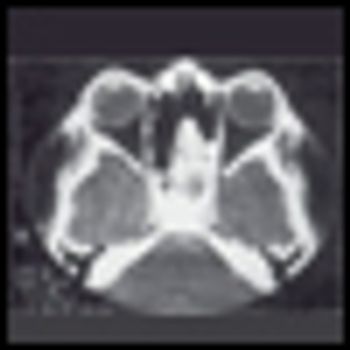
SAN ANTONIO-Local-regional control significantly improved with two radiotherapy fractionation variants delivering either increased total dose or shorter treatment time, compared with standard fractionation, in patients with locally advanced squamous cell carcinoma of the head and neck, Karen Fu, MD, reported at the 41st Annual Scientific Meeting of the American Society for Therapeutic Radiology and Oncology (ASTRO).














































































